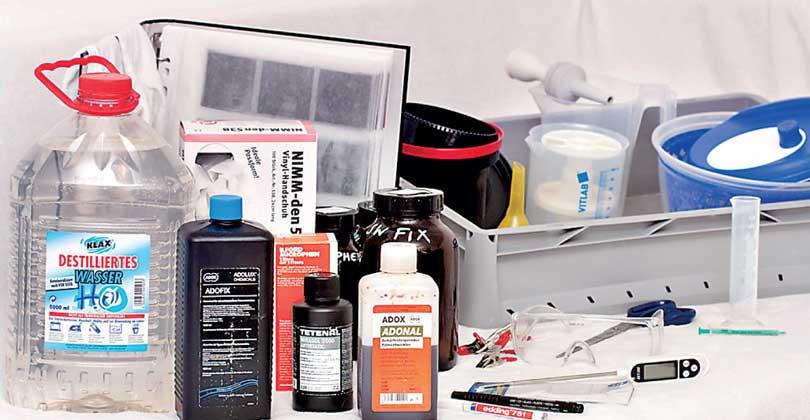Reply To:
Name - Reply Comment

 In a recent podcast episode, I had the chance to dive into the hidden dangers of PFAS with environmental scientist Dr Stuart Khan. His insights into how these substances lurk in everyday items were both fascinating and concerning. Here’s why we all need to know more and do more to address this critical often overlooked environmental health issue.
In a recent podcast episode, I had the chance to dive into the hidden dangers of PFAS with environmental scientist Dr Stuart Khan. His insights into how these substances lurk in everyday items were both fascinating and concerning. Here’s why we all need to know more and do more to address this critical often overlooked environmental health issue.
Picture a serene Sunday morning: you're in the kitchen, flipping pancakes, surrounded by the warmth of your family. There's laughter, conversation, and the joy of a shared meal. Meanwhile, unknown to you all, the non-stick pan you’re using, a staple in many households, may be releasing Per- and Polyfluoroalkyl Substances (PFAS), often referred to as "Forever Chemicals."
PFAS, widely used in cookware for their heat resistance, can become a hazard when non-stick coatings break down at high temperatures, releasing these chemicals into the air and food. Numerous studies have shown that inhaling or ingesting PFAS poses health risks, including affecting cholesterol levels, the immune system, and increasing the risk of certain cancers.
 Where did PFAS come from?
Where did PFAS come from?
PFAS were developed in the 1940s, and celebrated initially for their remarkable properties like stain resistance, non-stick ability, and water repellency. As Prof Stuart Khan who leads the Trace Chemical Contamination Research Stream at the UNSW Water Research Center, said in an episode of my podcast, “Synthetic chemists were able to produce new chemicals that are carbon and fluorine instead of carbon and hydrogen. These don’t occur naturally in the environment. But chemists identified that there are useful applications of these chemicals and began manufacturing them.”
Indeed, PFAS were hailed as ground-breaking innovations. Aside from non-stick cookware, these are used in firefighting foams, waterproof fabrics, and food packaging and in many industrial processes. However, their durability also means PFAS don't break down in the environment, earning them the nickname 'forever chemicals' and raising serious environmental and health concerns.
Switching to safer alternatives is therefore not just a health choice, but a societal necessity. "There's a robust wave of research aimed at reducing the harm caused by PFAS. Teams of scientists, think tanks, research institutions, and environmental organisations are tirelessly exploring new materials and technologies to curtail the use and environmental impact of PFAS," says environmentalist Poornaa Khanna. But for now, Khanna stresses the critical role of continued awareness. “It’s important that advocacy groups, media, and government initiatives continue to educate the public about the risks associated with these chemicals,” she says.
With this in mind, here are some PFAS-free alternatives to integrate into your daily life.
1. Cookware
2. Textiles
 PFAS source: Stain-resistant carpets, water-repellent clothing, and some furniture upholstery.
PFAS source: Stain-resistant carpets, water-repellent clothing, and some furniture upholstery.3. Personal care products
4. Cleaning products
5. Carpets and upholstery
6. Outdoor gear
7. Paper products


Through informed decisions and a preference for eco-friendly alternatives, we can significantly minimise the use of these harmful chemicals. Moreover, by supporting companies and choosing products that are PFAS-free, we send a strong message to the industry. As we navigate through our daily lives, let's make conscious choices that echo our commitment to a healthier, more sustainable world.
